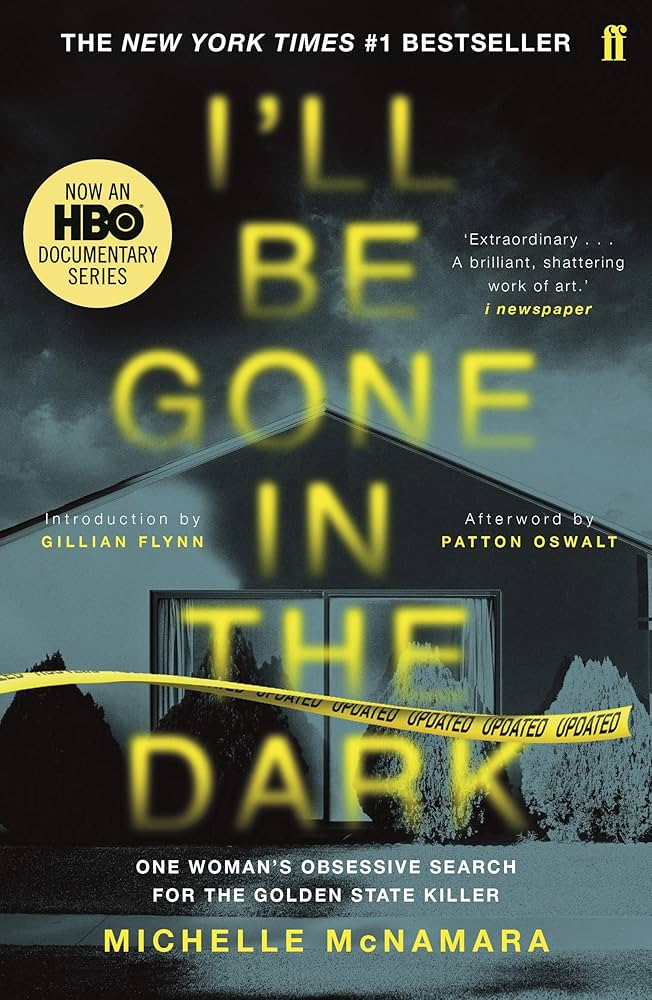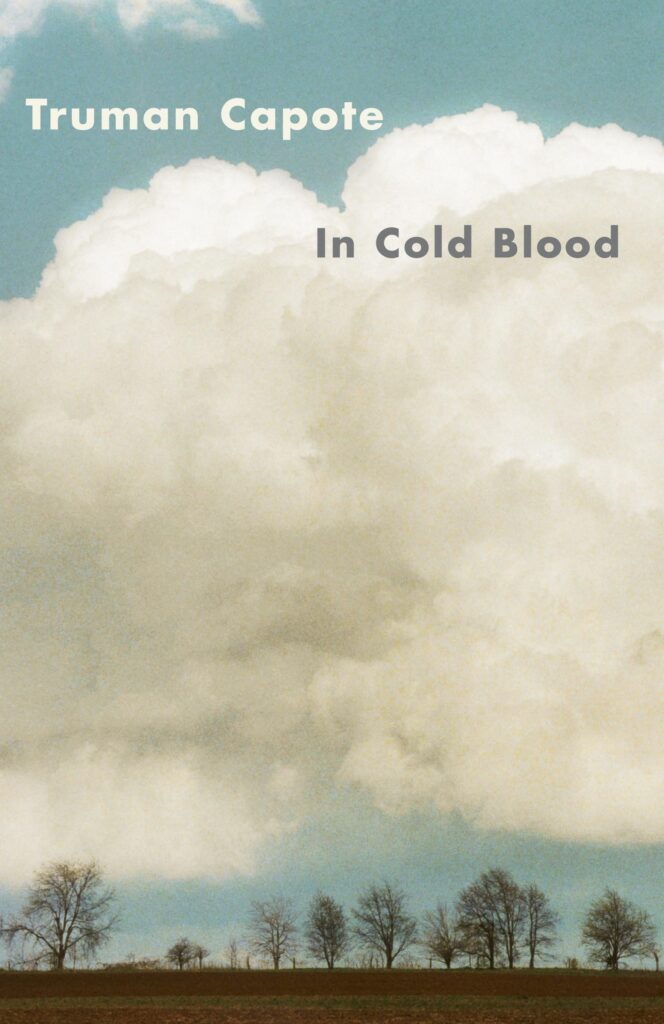
A Guide for Authors Who Dare to Dig Deep
There’s something about true crime that grips the imagination. Maybe it’s the high-stakes mystery, the dark window into human behavior, or the relentless pursuit of justice… Whatever the draw, writing true crime is not for the faint of heart! It demands accuracy, empathy, persistence, and, above all, a deep respect for the real lives behind every story.
True crime is one of the most gripping and commercially successful genres in nonfiction, but writing it well takes far more than just a knack for storytelling. You need precision, research chops, and a strong awareness of ethical boundaries. Whether you’re writing about a decades-old cold case or unpacking the social dynamics behind a wrongful conviction, true crime demands both narrative craft and moral clarity.
In this post, I’ll walk you through the key considerations—structural, legal, and emotional—that go into writing impactful and responsible true crime.
What Makes a True Crime Story Worth Telling?
Not every crime makes for a strong narrative, and not every narrative can (or should) be told.
When authors evaluate a potential case to write about, they might ask themselves:
Is there a clear narrative arc? A beginning, middle, and end—or a compelling lack of closure?
Is there a social or emotional hook? Does the story reveal something larger—about justice, trauma, systems, or the human psyche?
Are the facts accessible, or can they be unearthed? What’s available: court records, interviews, archives, etc.?
Some of the most powerful true crime stories are not the most sensational. Michelle McNamara’s I’ll Be Gone in the Dark worked because she humanized the victims, chronicled her own obsession, and helped illuminate decades of unresolved trauma. That emotional resonance is far more valuable than gore or scandal.
How to Research When Writing True Crime
Research is the backbone of true crime—and your integrity depends on it.
Start with Public Records
Court transcripts, police reports, FOIA (Freedom of Information Act) requests, and media coverage are your foundation. Depending on the case, you may also find:
Autopsy reports
Trial exhibits
911 call transcripts
Parole hearing notes
Each state has its own records access policies, so you’ll want to learn how open your jurisdiction is. Resources like MuckRock can help streamline FOIA requests.
Supplement with Human Sources
You’ll want to talk to as many people as possible:
Law enforcement officials
Attorneys (prosecution and defense)
Victims’ families
Journalists who covered the case
Friends and neighbors
Even the perpetrators, if possible
Always approach with compassion and professionalism. Not everyone will want to talk, and no one owes you their story.
How Do I Organize All the Information?
True crime cases are messy—dozens of names, contradictory timelines, complex motivations. There are a few methods you could employ to keep everything straight:
Create a master timeline
Start from the earliest relevant event and include even minor incidents. This helps you track inconsistencies and spot patterns.
Keep a source log
Note where every piece of information comes from—especially if you’ll be fact-checking later.
Color-code by theme or person
Whether you use a spreadsheet or a tool like Scrivener or Notion, visual organization helps.
Once you’ve gathered enough material, ask yourself: What’s the story? Are you telling a procedural, a psychological portrait, an investigative deep-dive, or a memoir-driven account of obsession?
How Do I Balance Fact and Narrative?
You’re a storyteller, not just a recorder of facts. But with true crime, the stakes are higher: your “characters” are real people, and your words can shape public perception.
Don’t embellish
You can write vivid scenes and suspenseful pacing without inventing dialogue or bending timelines. If you don’t know what happened, say so.
Phrases like “According to court records…” or “She later told a reporter…” give you narrative wiggle room without overstepping the truth.
Embrace structure
Many great true crime books use techniques from fiction—foreshadowing, dramatic irony, multiple perspectives. Think of Truman Capote’s In Cold Blood, which blends narrative nonfiction with investigative detail.
Your job is to translate chaotic real-life events into a form readers can follow—and feel.
What About Ethical Concerns?
Ethics are everything in true crime. You are not just writing a thriller; you are documenting pain.
Some guidelines to live by:
Use names carefully. If a victim or family member is not public-facing and does not want to be identified, respect that.
Avoid glorifying violence. Focus on impact, not shock value.
Be trauma-informed. Know how to interview people who have experienced deep loss. Resources like the Dart Center for Journalism & Trauma are incredibly helpful.
Fact-check relentlessly. You don’t want to misrepresent someone—especially someone who can’t speak for themselves.
Also, consider how your book might affect ongoing investigations or appeals. Some authors consult with attorneys before publishing, especially in unresolved or controversial cases.
How Do I Make the Story Compelling?
It’s not just about what happened—it’s about why it matters.
Focus on humanity
Who was the victim, beyond the crime? What systems failed them? What haunted the investigators? What did this case reveal about the town, the decade, the culture?
Build suspense through structure
Consider opening with a flashpoint—an arrest, a body found, a media frenzy—then rewinding to show the buildup. Or use dual timelines: one tracing the crime, one following the investigation.
Use your voice
You’re not invisible. Readers respond to your curiosity, your questions, your struggle to make sense of the darkness. That’s part of why Serial and The Teacher’s Pet were so successful—audiences were hooked not just on the mystery, but on the storytellers’ obsession with the truth.
Why You Should Read Widely in the True Crime Genre
Before attempting to write true crime, it’s crucial to first immerse yourself in it. Reading widely in the genre not only sharpens narrative instincts but also helps reveal what’s already been done—and what gaps still exist.
Each author brings a distinct voice, angle, and purpose to their work. Some approach true crime as investigative journalists, others as memoirists, historians, or advocates. The more you read, the more you’ll discover which style resonates with your own writing—and which stories still need telling.
Here are a few standout books across the true crime spectrum:
Narrative Nonfiction Classics
In Cold Blood by Truman Capote – The book that essentially invented narrative true crime. A haunting, novelistic rendering of a Kansas family murder in 1959.
Helter Skelter by Vincent Bugliosi – The prosecutor’s chilling, firsthand account of the Manson Family murders, written with gripping legal and narrative precision.
Investigative and Immersive Reporting
I’ll Be Gone in the Dark by Michelle McNamara – A posthumously published investigation into the Golden State Killer that’s as much about obsession, trauma, and perseverance as it is about the crimes.
We Keep the Dead Close by Becky Cooper – A blend of investigative reporting and memoir about an unsolved 1969 Harvard murder—and the gender politics buried with it.
Social Justice–Oriented True Crime
Just Mercy by Bryan Stevenson – While not a traditional true crime book, this powerful memoir by a death row attorney examines injustice in the U.S. legal system through real-life cases.
The Central Park Five by Sarah Burns – A powerful investigation into wrongful convictions and racial bias, later adapted into the Ava DuVernay miniseries When They See Us.
Psychological and Literary Approaches
Mindhunter by John E. Douglas and Mark Olshaker – A foundational book on criminal profiling, written by the FBI agent who pioneered behavioral analysis.
The Fact of a Body by Alexandria Marzano-Lesnevich – A hybrid of memoir and true crime that examines how one case of child murder intersected with the author’s own history of abuse.
Reading these works isn’t just about inspiration—it’s about learning how to handle the emotional weight, narrative structure, and ethical responsibility that come with telling real stories. Pay attention to how these writers build suspense, weave in research, and honor the people at the heart of the crimes!
Should I Use a Pen Name?
If you’re writing about active criminals, powerful institutions, or controversial topics, a pen name may be a wise choice—especially if you worry about your safety or your family’s privacy.
However, keep in mind that credibility matters in true crime. Readers, reviewers, and sources often want to know who is behind the work. If you choose anonymity, be transparent about why.
Writing True Crime Is a Responsibility
Writing true crime is not just about solving a mystery—it’s about honoring truth, memory, and justice. It can be emotionally grueling, but also deeply meaningful.
If you’re drawn to this genre, don’t be intimidated. Start small: write an article, investigate a cold case in your hometown, analyze a court case for a true crime podcast script. Follow your curiosity—but let empathy lead the way.
As journalist Pamela Colloff said, “True crime stories can be a vehicle for justice—or they can be a vehicle for exploitation. You get to decide.”
Want Help Telling a True Crime Story?
If you’ve uncovered a compelling case but don’t know where to start—or if you’re looking for a professional partner to help you tell it—consider working with a ghostwriter who specializes in nonfiction storytelling.
Our experienced team at Atmosphere Press partners with ghostwriters to bring complex, powerful stories to life—ethically, professionally, and collaboratively!
Writing true crime is hard work. But when done well, it can shake the world—and maybe even change it.

Erin K. Larson-Burnett, Production Manager at Atmosphere Press (submit your manuscript here!), is a born-and-raised Southerner currently living in Katy, Texas, with her husband and their small domestic zoo. She is an avid ink drinker who lives and breathes books—during the day, she works remotely with authors around the world, honing and perfecting books published through Atmosphere Press. By night, she crafts her own stories…or at least tries to. The Bear & the Rose is her debut novel.

Atmosphere Press is a selective hybrid publisher founded in 2015 on the principles of Honesty, Transparency, Professionalism, Kindness, and Making Your Book Awesome. Our books have won dozens of awards and sold tens of thousands of copies. If you’re interested in learning more, or seeking publication for your own work, please explore the links below.


